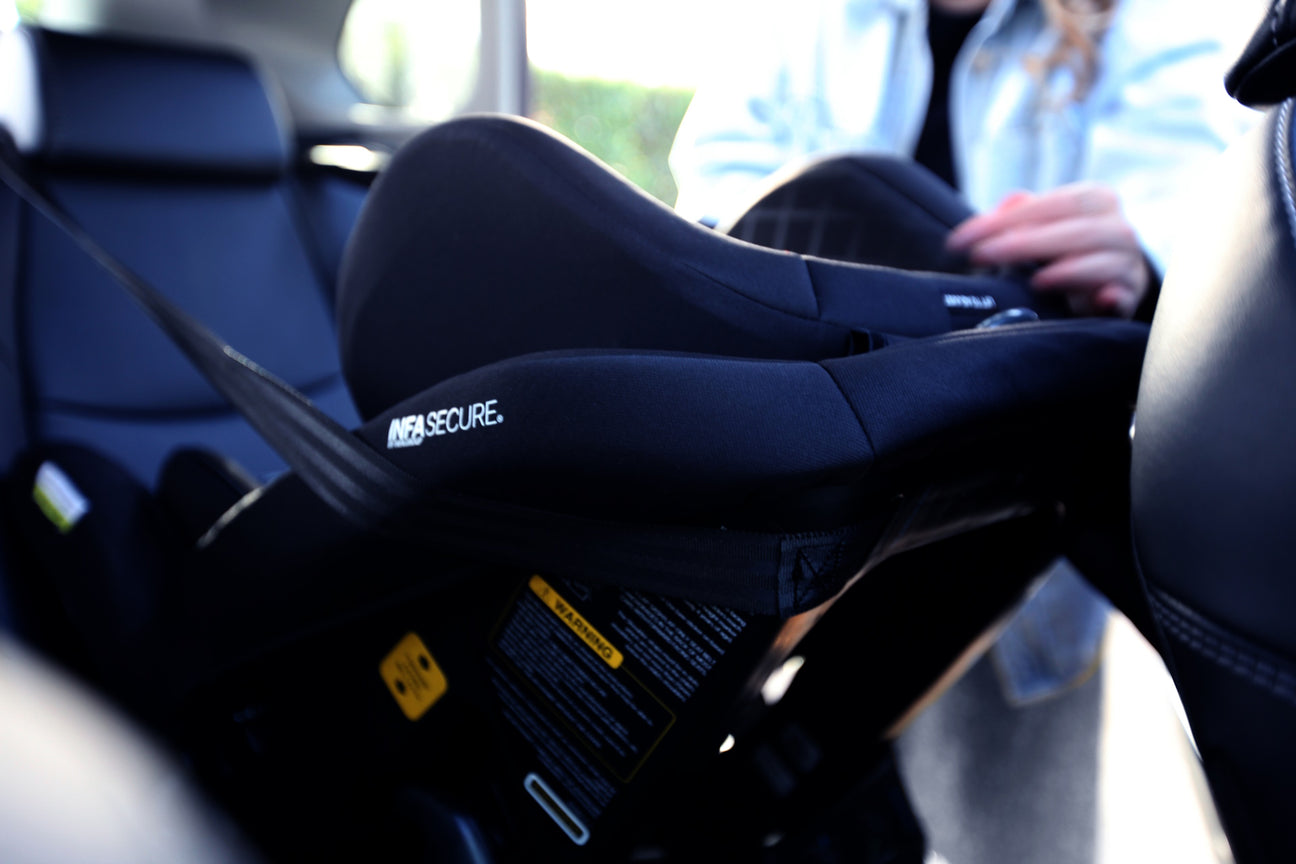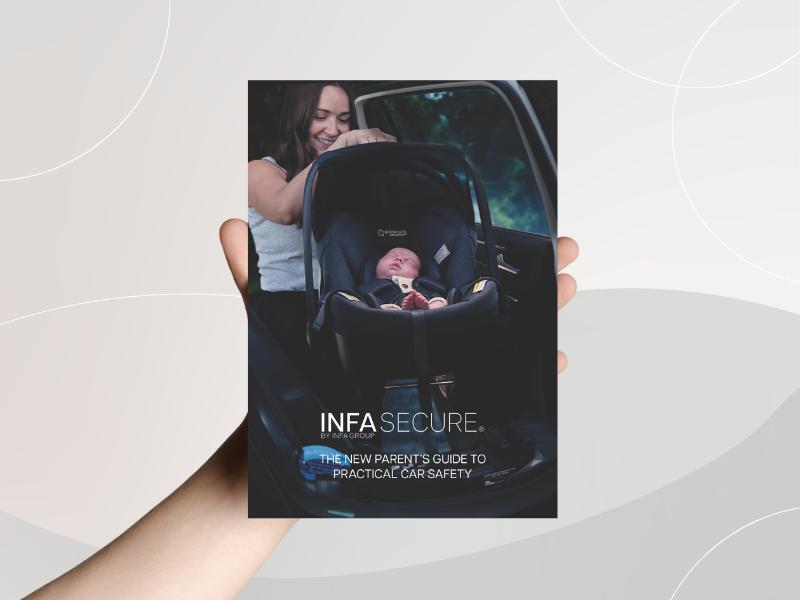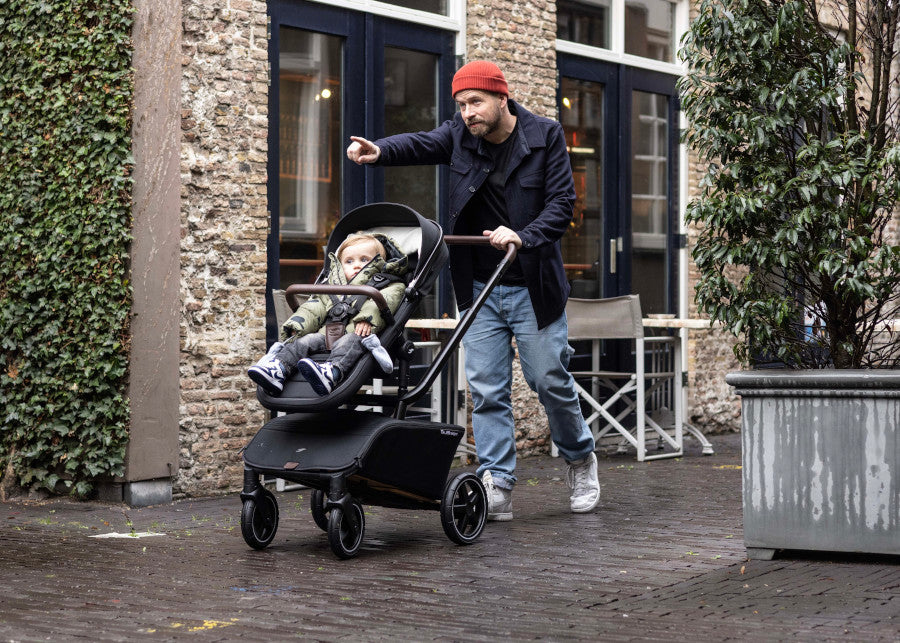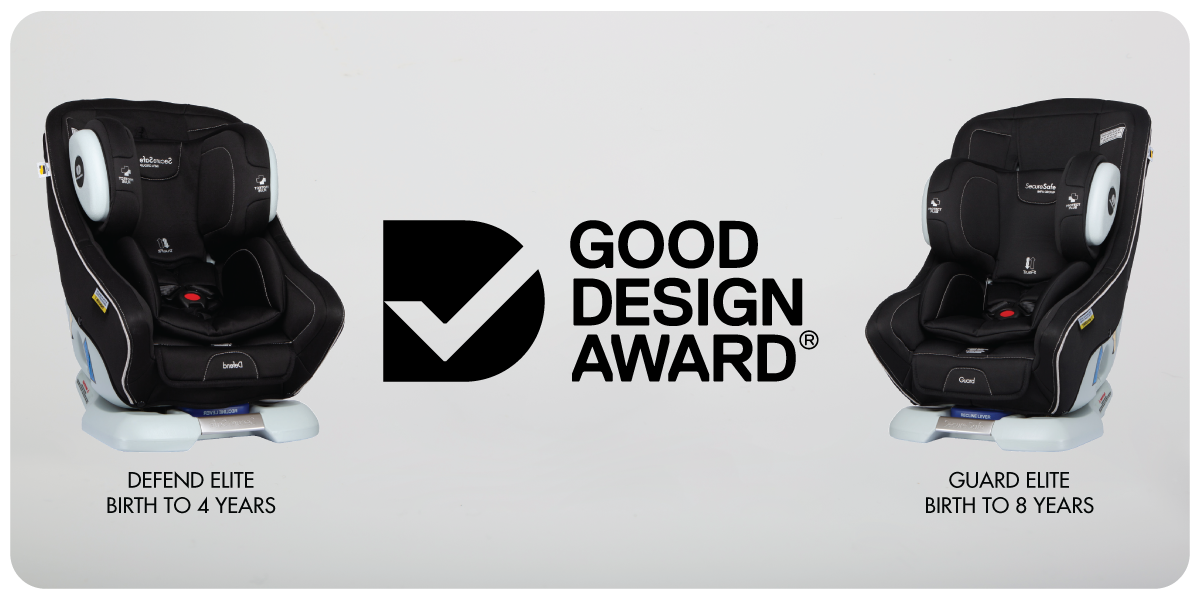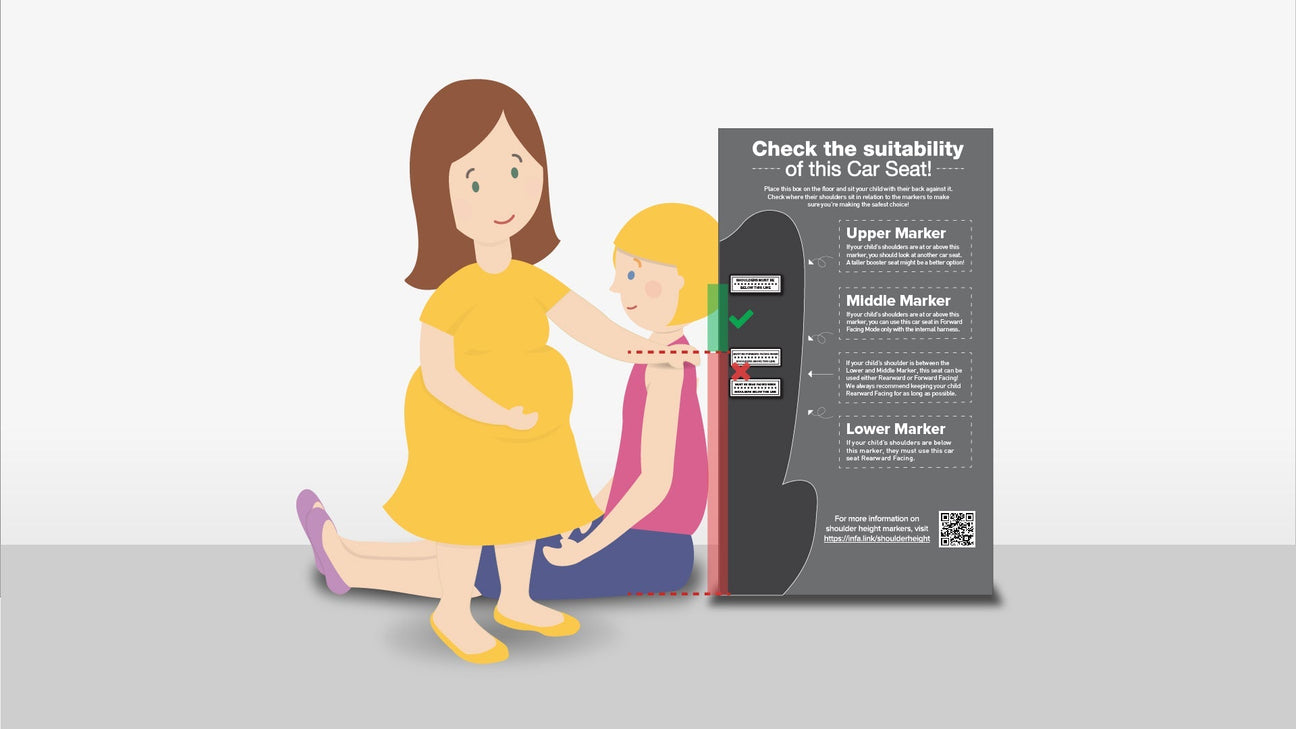We understand that ensuring that you can obtain the maximum possible use and lifespan out of your child restraints is very important, and with that in mind we'd like to announce some changes to the way we determine a product's lifespan, and how that affects your warranty.
Effective immediately, and completely retroactively, the lifespan of an InfaSecure child restraint commences from the Date of Purchase by you.
This means your warranty period now also begins from the Date of Purchase (which generally means you're getting a slightly longer warranty period - hooray!). We feel this is a much more consumer friendly way to handle lifespan and warranty, and much more in line with the reality of the way child restraints are sold and used.
What about DOM?!
Previously, it's been common for all child restraint manufacturers in Australia to state that the life of a child restraint ends after ten years from the Date Of Manufacture (DOM). This is the date the product is manufactured, and is normally stamped into the plastic shell, or found on a label affixed to the product. The 10 year timeframe is not law, it's not mandated in the Australian Standard, and it's not enforceable - it's something that the industry loosely agreed upon, and is generally used as a best practice guideline.
It's not based on any kind of science or research - it's based on common sense and a general understanding that child restraints are built to last a long time, but shouldn't be used forever or indefinitely. The industry could have easily settled on 6 years, 9 years, or 11 years - and nothing would have been different - seats do not dissolve or expire after 10 years.
So why then don't we recommend using a child restraint indefinitely?
1) Child restraints change a lot, and fairly quickly.
Compare the Grandeur, or other newer restraints to a restraint that was released in 2009. There have been *vast* improvements in just about every single aspect of child occupant safety - there's absolutely no comparison. A person using a restraint from prior to 2009 is forgoing all of those advances, and in some instances using products that are actively no longer recommended (bum boosters, H Harnesses, to name a few).
2) Wear and tear through use.
There are very few products, especially safety devices, that you would be comfortable using almost every day for over 10 years. Wear and tear from normal use could cause failures in any number of areas.
3) Exposed materials degrade over time.
Closely related to wear and tear, but material degradation is a more passive process - UV degradation (damage), huge variations in temperature (in a lot of places in Australia, in-car temperatures cycle between 120 degrees to below zero throughout the course of a year), mould and other nasty stuff.
These are the reasons why the industry puts a blanket 10 year recommendation out there.
Spot the Difference.
The reality of the situation is that the mileage of a child restraint could vary wildly depending on its use, treatment and storage.
Take two identical child restraints, same DOM:
- One is sold and is used every day for four years in the back of a car in Sydney. After that, it’s used as a dog bed on a deck in the sun for two years, then it’s washed and used for a second child for 2 years in the back of a car. It still has 2 years of ‘life’ left.
- The other seat remains in its box, sealed in a plastic bag in a cool, clean, dry warehouse for the first 3 years. It’s then purchased, used for a year, then put in a garbage bag, sealed, and stored off the ground in a insulated garage for 6 years. By current popular opinion, it has "expired".
We would have absolutely no hesitation in using the second seat again, and would have no concerns as to the material condition or wear and tear.
Date of Purchase Makes More Sense.
For these reasons, we're changing our product's lifespan and warranty period to commence from the Date of Purchase, and it will continue to be 10 years from that date. We suggest you register your product with us to help aid any future warranty claims you may have, which you can do on our website. For people who no longer have their proof of purchase, and who have not registered their product, lifespan and warranty will revert to Date of Manufacture, but this is considered a secondary / backup method.
If you have any questions about this change, or product lifespans in general, please feel free to get in touch with us.








